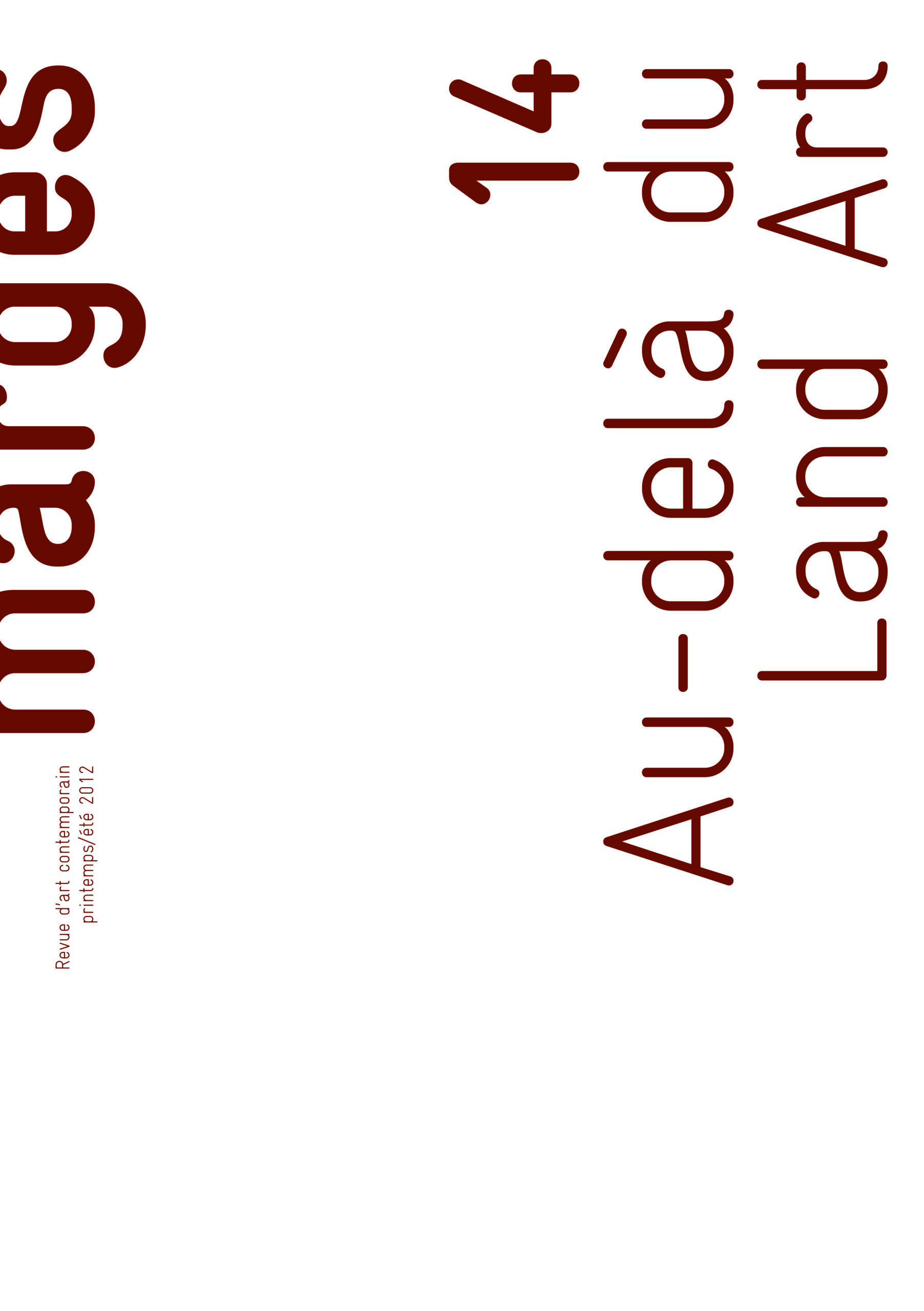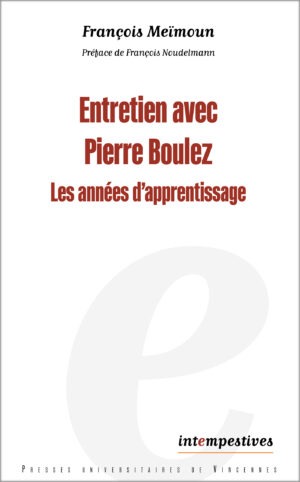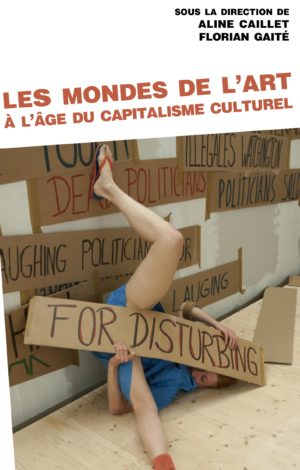Isamu Noguchi’s “earthwork”: an Anticipation of Land Art and an Identity Question
Hiromi Matsugi
The article offers a study about the environmental work of Isamu Noguchi, a japanese-american artist sometimes presented as a forerunner of Land Art. His unrealized projects, in the context of a geo-political conflict, and the projects he created in the after-war reconstruction period reveal the identity dimension that the yearning for earth can present for an artist, one of the aspects that has been ignored by the dominant speech about Land Art.
Michael Heizer and the Vagaries of the Technological Sublime
Serge Paul
Michael Heizer has spent the past 40 years in the Nevada desert building City, a monumental earth sculpture inspired by pre-Columbian architecture. His interventionist practice requires industrial tools. In 2004, the Bush administration planned the construction of a railroad line bordering City. The nuclear waste from all over the United States would be collected and transported to a single neighboring repository. Has this situation altered the artist’s environmental consciousness and his vision of American technological supremacy ?
An Immersion in the Ruins of Passaic: the Creative Role of Fiction in the Perception of Monuments
Anaël Marion
By this article, Smithson takes us on a tour of the monuments of New Jersey. In order to understand their definition, we need to explain different aspects of the perceptual experience of the landscape that combines reading and writing. Because these monuments can’t have a meaning without the ground of projective fiction which feeds the perception. Finally, they draw on the floor a map of a futur to be (re)constructed.
(a) filiations
Anne-Françoise Penders
Robert Smithson / Till Roeskens. Lectures, urban wanderings, limits of the absurd, borders of the politic. Importance of writing in the creative process, in the development of thought, in the approach of territory itself as much as in questioning boundaries or margins. In the absence of direct filation, could we consider those similar practices as unconsious legacy ?
Walking as a Meditation on Landscape: Andy Golsdworthy at the Yorkshire Sculpture Park
Christine Vial-Kayser
Andy Goldsworthy, a British artist conceived a site specific intervention in the context of the Yorkshire Sculpture Park where an exhibition of his artworks was organized in 2007-2008. This project largely consisted in the placement of his pieces along à walk that the visitors had to follow in order to experience the very moment when the artist had conceived his pieces. While minutely describing the journey, the author also points its sociopolitical implications
Practices of the Site; An Ecology of the Place
Patrick Barrès
Today in situ ecological artistic interventions share common traits with the practice of the Land Art of the 60s and 70s. Constructed spaces and invented landscapes are characterized by a dialectical tension between the site itself and its cultural environment, the model and what is modified. This active dialectic relates to an artistic and aesthetical line which gives hommage to deconstruction, fragmentation and heterogeneity, allowing tensions with a constituted whole. Users are involved in these constructed spaces and add their own personal experience to the site.
From the Inscription on the Landscape to the Effacing of a Trace: an Itinerary in Artistic Ecology
Emeline Eudes
Through successive comparisons between characteristic works of Land Art and contemporary works that deal with environment, this article aims at showing how the evolving definition of nature and environment influenced artistic practices. Moreover, on that occasion, we will consider a possible filiation between these artworks from the 70s, which initiated an encounter between art and territory, and some more current ones involved in the field of ecology.




